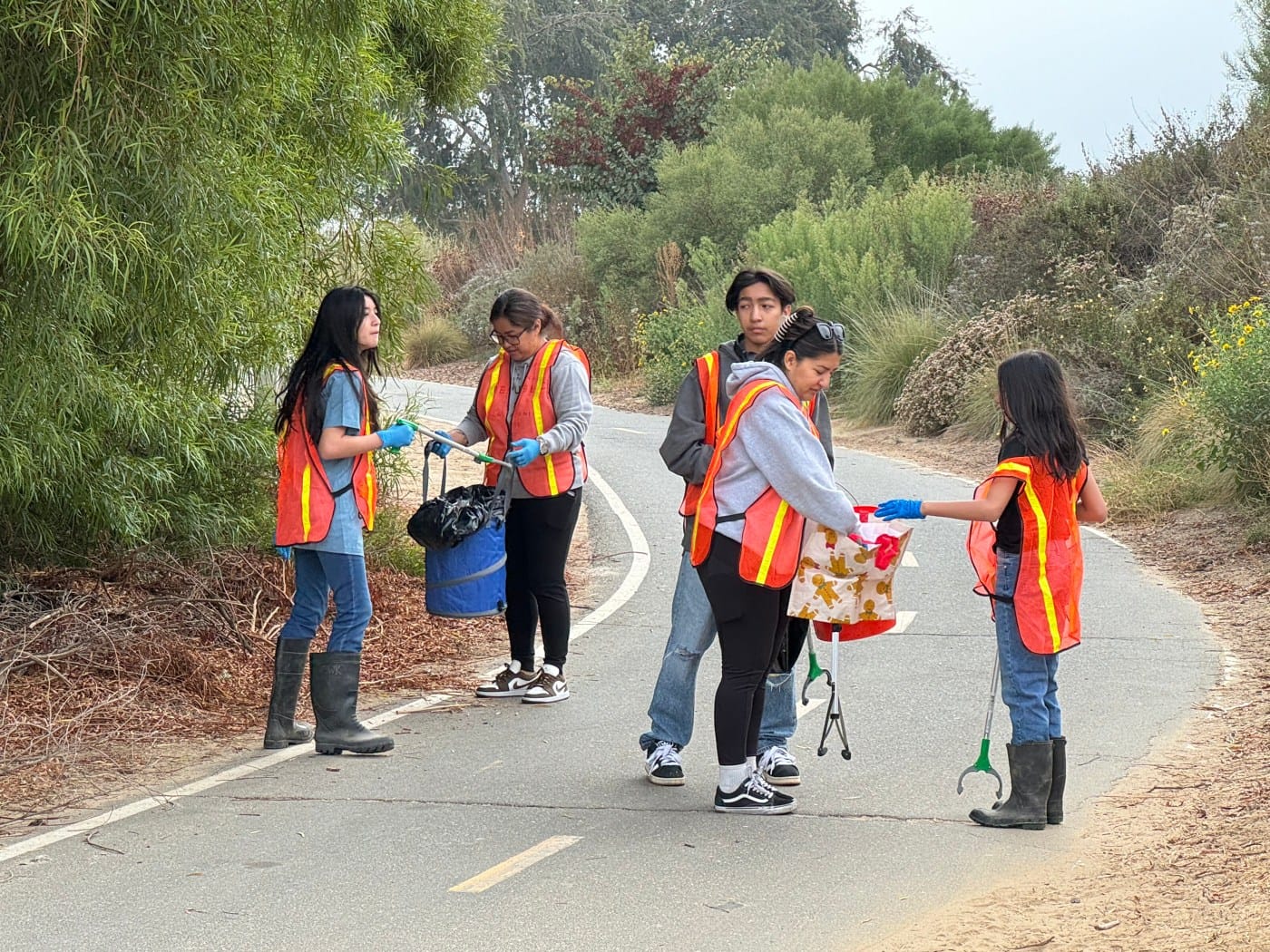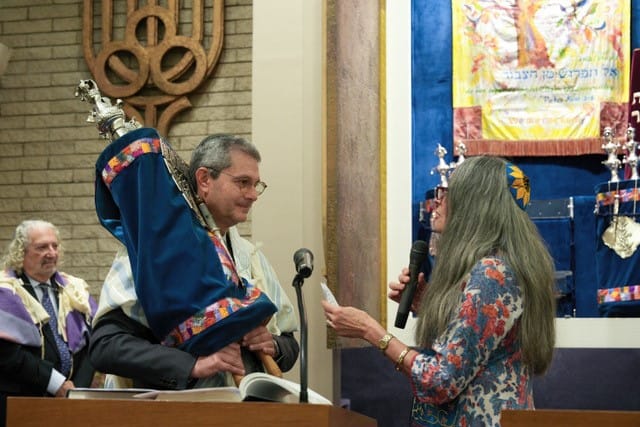During Prohibition, from 1920 to 1933, a lot of money could be made through the illegal manufacturing and distribution of liquor.
Riverside County, with its thousands of acres of uninhabited land, was a perfect place to set up a stealth liquor manufacturing operation.
In August 1924, one such operation was found by Riverside County Sheriff Clem Sweeter, when he acted upon a hunch.
On the evening of Aug. 11, 1924, Sweeter saw a truck driving through the city of Riverside. Its load was covered in tightly tied down canvas, but to Sweeter it looked like a load of barrels and bags of sugar hidden. Turning off the lights on his car, Sweeter followed the truck from Riverside all the way out Moreno Road, now Gilman Springs Road, to a turn off to Laborde Canyon, five miles southwest of Beaumont.
Feeling that the truck was not engaged in lawful activity, and having followed it to a fairly isolated place, two days later, Sweeter brought four men with him to investigate.
There were several gates locked tight with quarantine and “no visitors allowed” signs. As the sheriff and his men came up the road, forcing open each set of gates, they were in full view of the moonshine operation. By the time they forced the last gate open, all the people working at the liquor plant had fled into the neighboring canyons.
What Sweeter and his men found astonished them.
The Hemet News reported at the time the manufacturing operation included 12 vats with a capacity of 15,000 gallons, four stills with a capacity of 16,000 gallons, 18 full barrels of hootch, 50 new empty barrels, 30 cases of pint bottles, 60 sacks of sugar, and two trucks. Fires were going under the stills and the setup was obviously under full operation.
The whole manufacturing plant was out in the open, but hidden under trees that bordered the stream coming down Laborde Canyon. The stream was the source of water.
Sweeter said it was the most complete operation he had ever seen and it was, he felt, the largest illegal liquor manufacturing operation ever found and shut down in Southern California. The 18 barrels of liquor were emptied in the creek, which probably didn’t do a lot for the fish population downstream.
A house nearby held a number of clues for law enforcement.
Related Articles
AAA has deep roots in Riverside: Company’s oldest existing office building is here
Longtime Hemet hardware store owner was early city leader
The Corona Raceway brought more than 10 years of entertainment, memories
From lizards to mice to cats: These Riverside-area animal stories made 1949 headlines
A look at the history of Alessandro Boulevard in Riverside County
Many receipts found were dated in July, leading them to believe the operation had not been up and running for long. A shipping tag was found that was addressed to “H.N. Smith.” Sweeter believed that might be the same man who was captured in fall 1923 operating a still on Box Springs Mountain. The house also included women’s clothing (in addition to, we presume, men’s clothing) as well as other new clothing, sheets and pillowcases. Registration for the trucks was also found, both to Los Angeles men.
While Sweeter was sure the men who escaped into the dry canyons would have to come out soon and would be captured, no follow-up information could be found. It may be the men’s only punishment was the loss of their moonshining operation.
If you have an idea for a future Back in the Day column about a local historic person, place or event, contact Steve Lech and Kim Jarrell Johnson at backinthedaype@gmail.com.



